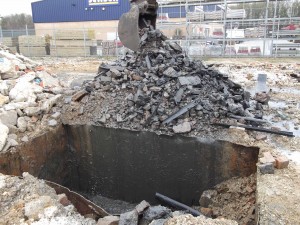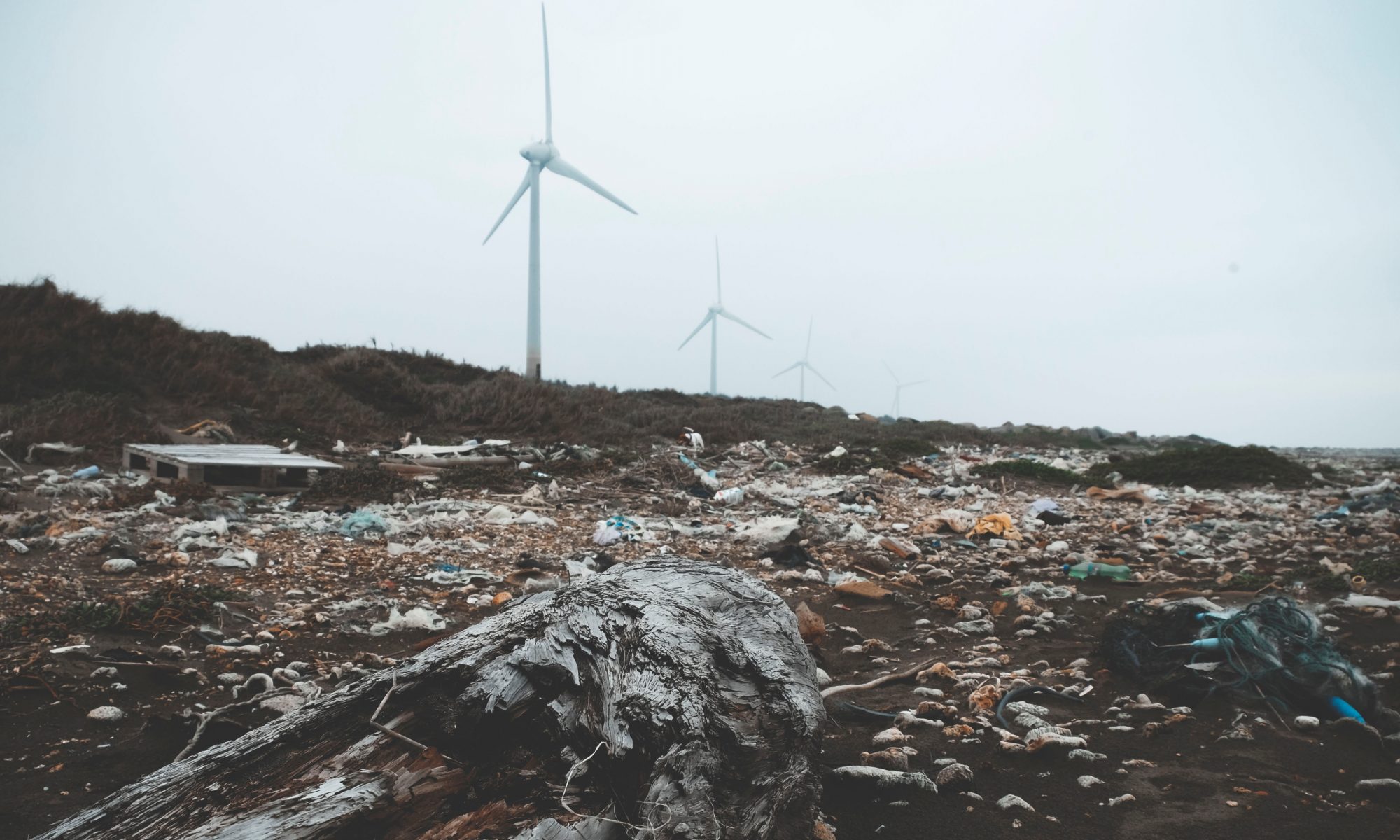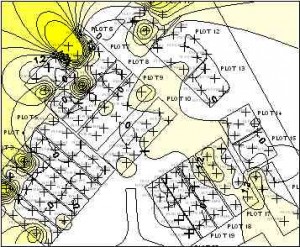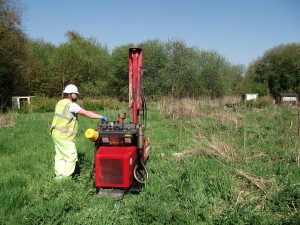
Environmental planning conditions are commonplace in brownfield development and much of our work is involved in the negotiation of discharge of such conditions. We have developed excellent relationships with Planning Authorities and Environment Agency/Scottish Environment Protection Agency over the years and enjoy a good success rate in planning condition discharge.
Earlier in the year Subadra were commissioned to assist in a significant phased retail development on the south coast of England. The site is within Zone I of a Source Protection Zone, overlies Chalk and is 40m from surface water. In other words it is in an extremely environmentally sensitive location. Initial investigation works had identified diesel and waste oil in shallow groundwater under the site.
This is where owning our own drill rigs and our own laboratory comes into play! We were able to delineate and characterise the contamination, and install sentinel wells within a month and without delaying the build programme. As a result of our detailed assessment, we’ve negotiated a long-term remedial solution for the site, installed the required groundworks and construction works have commenced.




